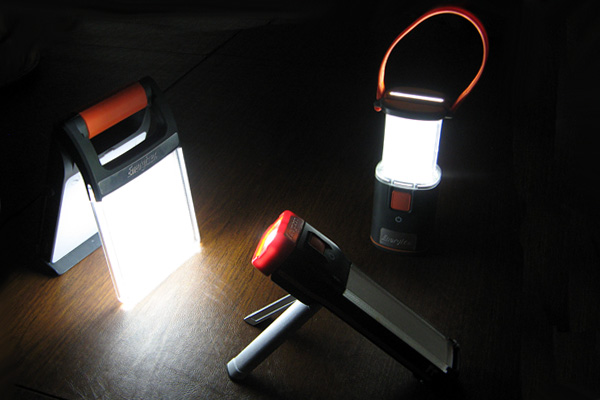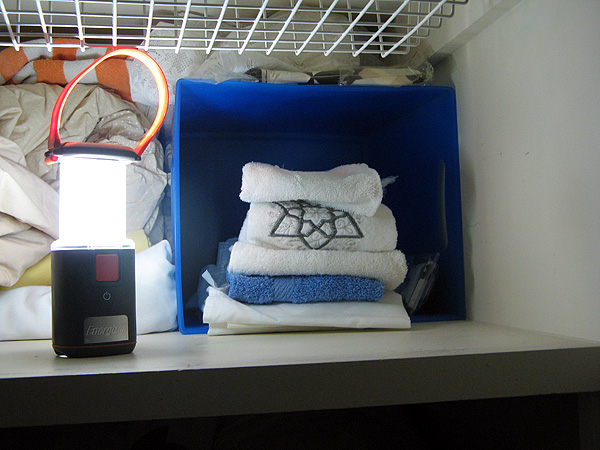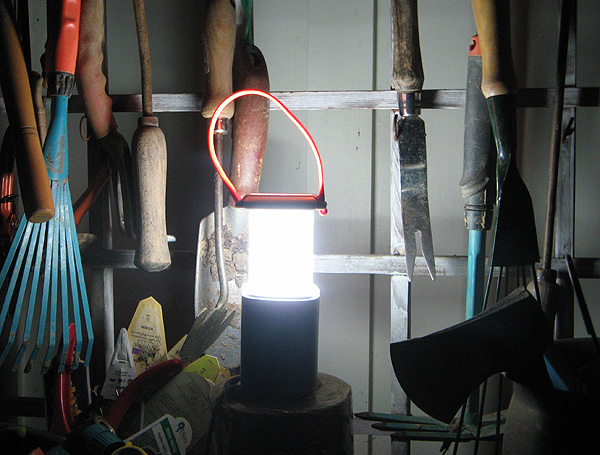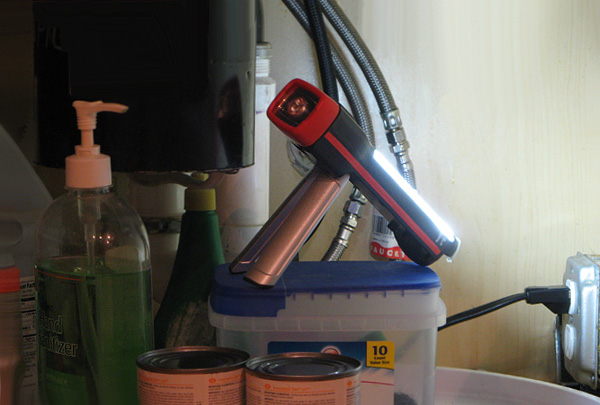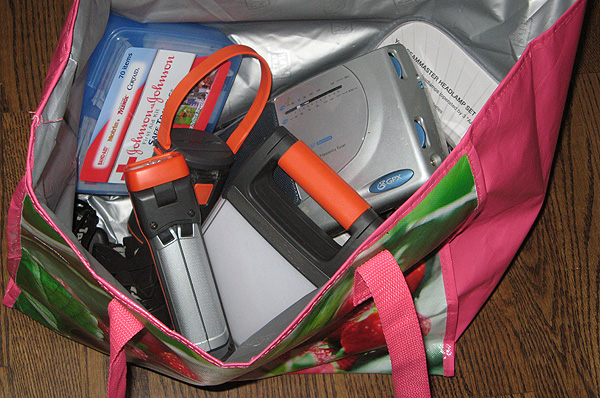When Home Buying Goes Wrong—Real-Life Lessons
We’ve all experienced buyer’s remorse at some point. And
that’s fine when you’re talking about a gizmo that sets you back a
couple hundred bucks or so. But homebuyer’s remorse can be overwhelming, especially if you spot problems once the papers are signed. Or worse, you realize you can’t afford the home you love.
We asked some of Dave’s Facebook fans to share their homebuyer’s remorse stories and we found a general theme. Patience—simply waiting a few days, months or years—would have made all the difference for these homeowners.
“I ended up having to work six days a week to afford the house,” she told us. “I lived in a four-bedroom house for nearly two years completely unfurnished—no money for furniture.”
Natty said she eventually rented her home out and moved back into her parents’ house. “It’s taken me almost three years and Financial Peace University to fix that mess.”
“Young people nowadays just need to wait,” she cautioned.
For Heidi H.’s family, the situation was different. They were ready to buy but decided on a home before they knew anything about the neighborhood she described as “Stepford-like.” “We were drawn in with what seemed like promises of ‘community,’” Heidi explained. The amenities included a large community center, frequent family-friendly activities and a pool.
“It was an emotional decision, and our agent assured us we were getting a great deal,” she added. “We quickly learned that you can’t buy ‘community.’” The house was too big for their needs, and even worse, they were living in a neighborhood full of “Joneses” everyone seemed to be keeping up with.
They sold the home after 18 months. “We would have gladly made it work if it was our dream, but it wasn’t,” Heidi said. “We are now happily renting in a community that is a much better fit for us.”
Pretty soon, their family of five was crowded into a 1,500-square-foot home in a terrible school district. They finally made the decision to sell.
“[It was] the best decision ever,” she said. “We had an excellent [real estate agent] who got us out of that small house and into something twice the size that cost less than before,” she said. “We have the added bonus of an incredible school district!”
“Someone said a good real estate agent is gold, and I completely agree,” she added.
First, get out of debt and have an emergency fund in place to take care of any surprises you may find once the home is yours. Then do your research to find a location that works for your family, both now and in the future. Finally, work with a real estate agent you can trust to help you find a home that fits your family and your budget.
Work with an experienced real estate agent in your area through Dave’s nationwide network of Endorsed Local Providers (ELPs). Your ELP is an expert in your market and is focused on helping you save time and money in your home search. Find your ELP today!
http://www.jaredanthonycox.com
#HOUSTON #REALTOR #HOMESFORSALE
SOURCE: DAVERAMSEY.COM
We asked some of Dave’s Facebook fans to share their homebuyer’s remorse stories and we found a general theme. Patience—simply waiting a few days, months or years—would have made all the difference for these homeowners.
Too Much House Too Young
Natty B. told us the classic story of someone who bought too soon. She was in her early 20s when she followed the example of her friends and bought her own place. She already had $100,000 in student loans and had to have her mom co-sign the mortgage for her.“I ended up having to work six days a week to afford the house,” she told us. “I lived in a four-bedroom house for nearly two years completely unfurnished—no money for furniture.”
Natty said she eventually rented her home out and moved back into her parents’ house. “It’s taken me almost three years and Financial Peace University to fix that mess.”
“Young people nowadays just need to wait,” she cautioned.
You Can’t Buy Community
For Heidi H.’s family, the situation was different. They were ready to buy but decided on a home before they knew anything about the neighborhood she described as “Stepford-like.” “We were drawn in with what seemed like promises of ‘community,’” Heidi explained. The amenities included a large community center, frequent family-friendly activities and a pool.
“It was an emotional decision, and our agent assured us we were getting a great deal,” she added. “We quickly learned that you can’t buy ‘community.’” The house was too big for their needs, and even worse, they were living in a neighborhood full of “Joneses” everyone seemed to be keeping up with.
They sold the home after 18 months. “We would have gladly made it work if it was our dream, but it wasn’t,” Heidi said. “We are now happily renting in a community that is a much better fit for us.”
Too Eager and Zero Help
For Sheila P. and her husband, their eagerness to buy a home overpowered their need to consider their future. “We didn’t have a [real estate agent] the first time around and ended up with a very tiny, overpriced home,” she explained. “We knew we were going to have kids, but we never thought about schools when we bought either.”Pretty soon, their family of five was crowded into a 1,500-square-foot home in a terrible school district. They finally made the decision to sell.
“[It was] the best decision ever,” she said. “We had an excellent [real estate agent] who got us out of that small house and into something twice the size that cost less than before,” she said. “We have the added bonus of an incredible school district!”
“Someone said a good real estate agent is gold, and I completely agree,” she added.
How You Can Avoid Your Own Homebuyer’s Remorse
Don’t let these stories convince you that homeownership is a bad idea. We had plenty of fans tell us how rewarding their home-buying experiences were because they did it the right way.First, get out of debt and have an emergency fund in place to take care of any surprises you may find once the home is yours. Then do your research to find a location that works for your family, both now and in the future. Finally, work with a real estate agent you can trust to help you find a home that fits your family and your budget.
Work with an experienced real estate agent in your area through Dave’s nationwide network of Endorsed Local Providers (ELPs). Your ELP is an expert in your market and is focused on helping you save time and money in your home search. Find your ELP today!
http://www.jaredanthonycox.com
#HOUSTON #REALTOR #HOMESFORSALE
SOURCE: DAVERAMSEY.COM










